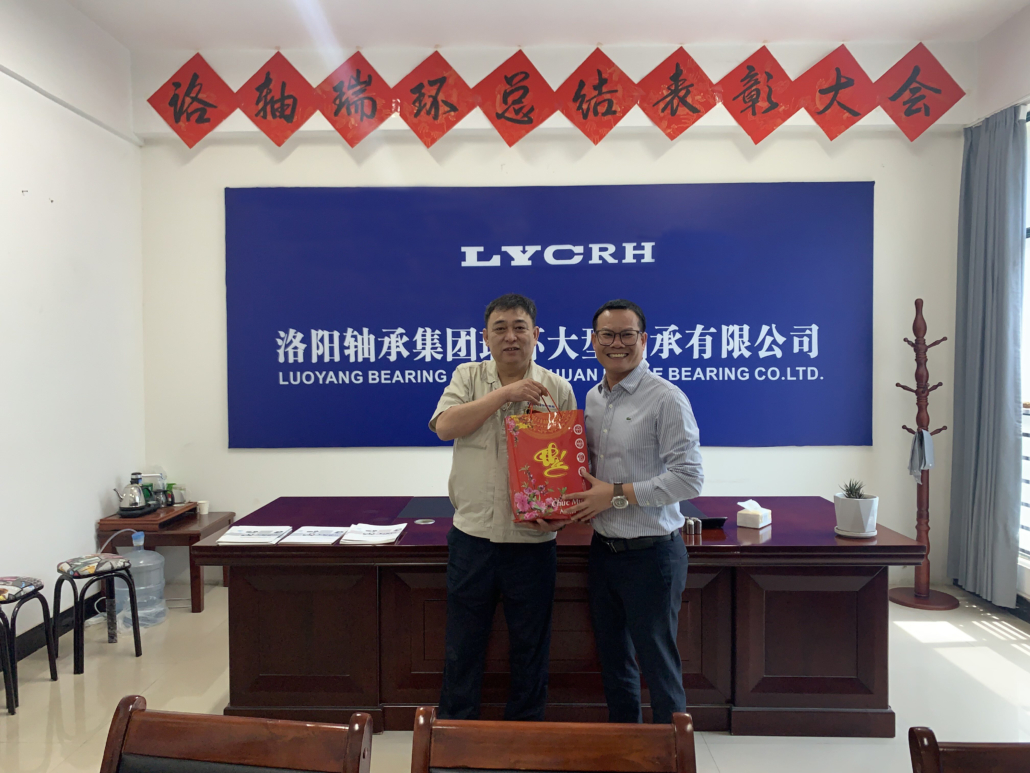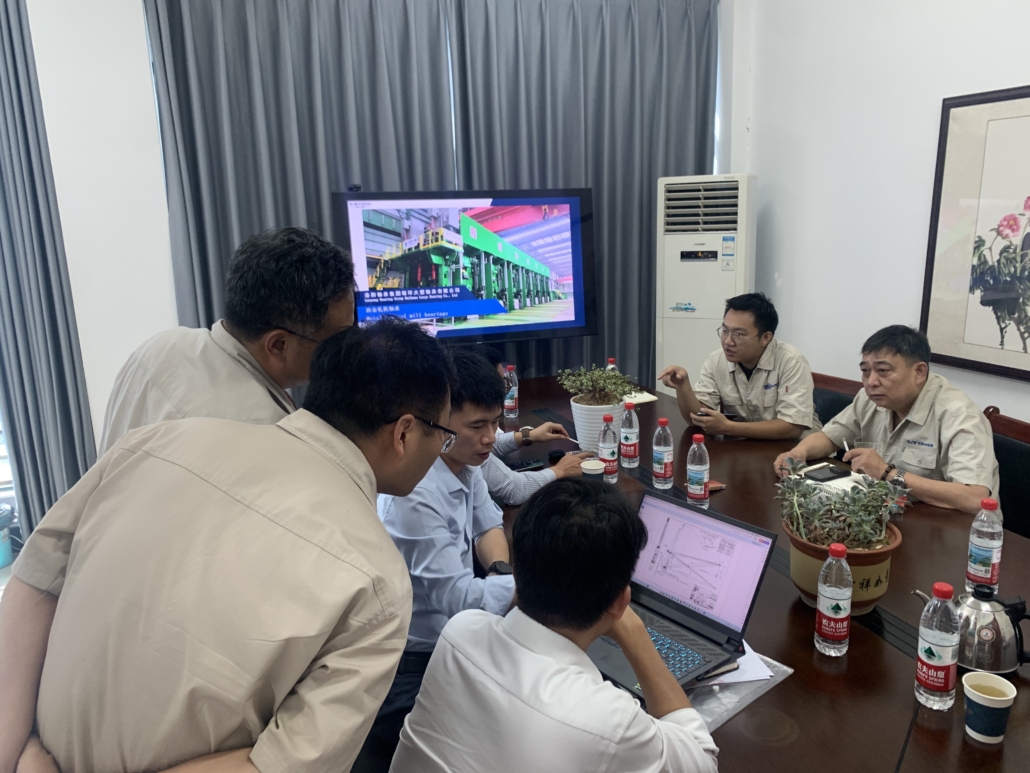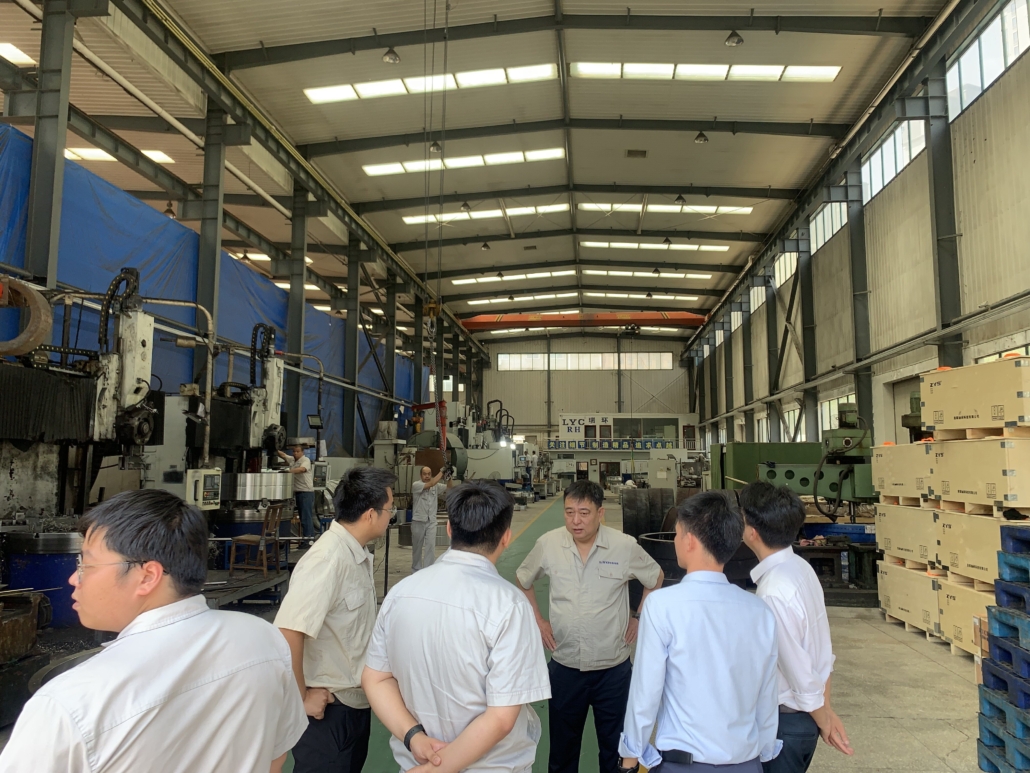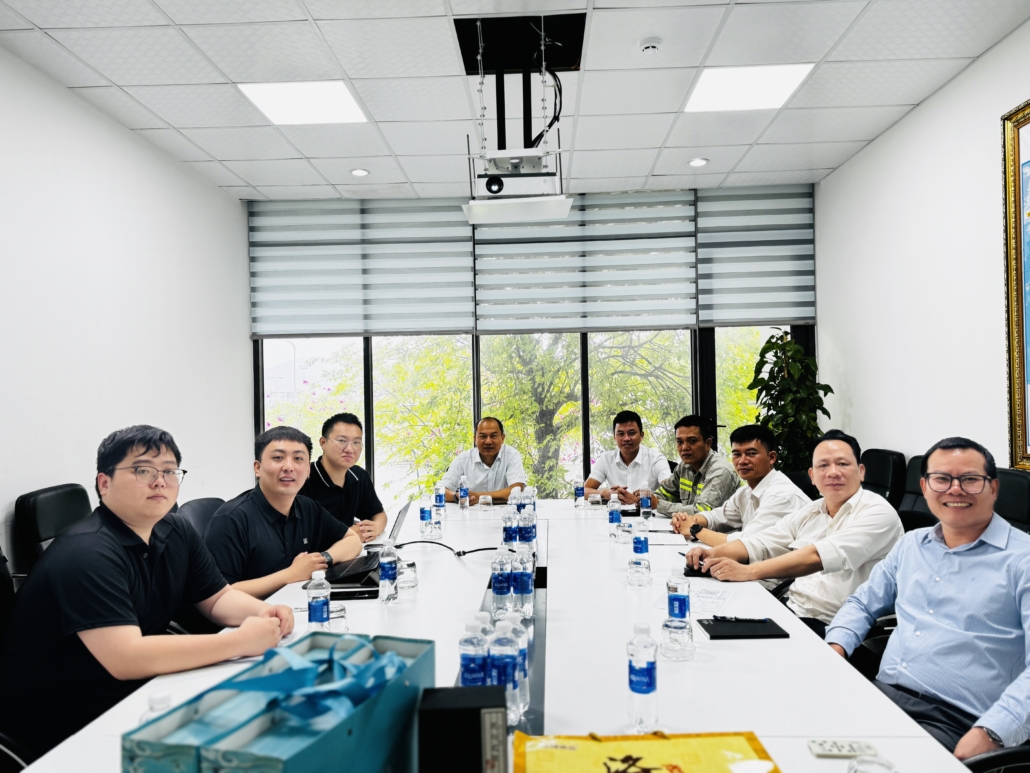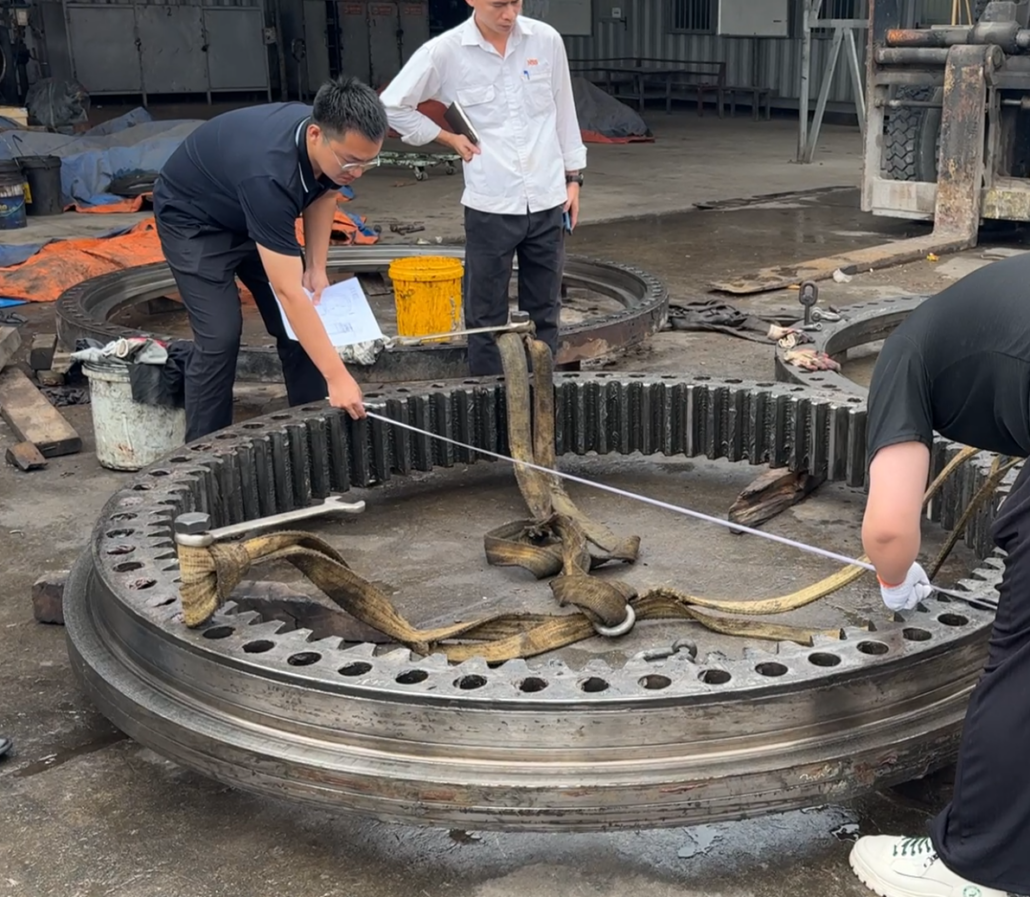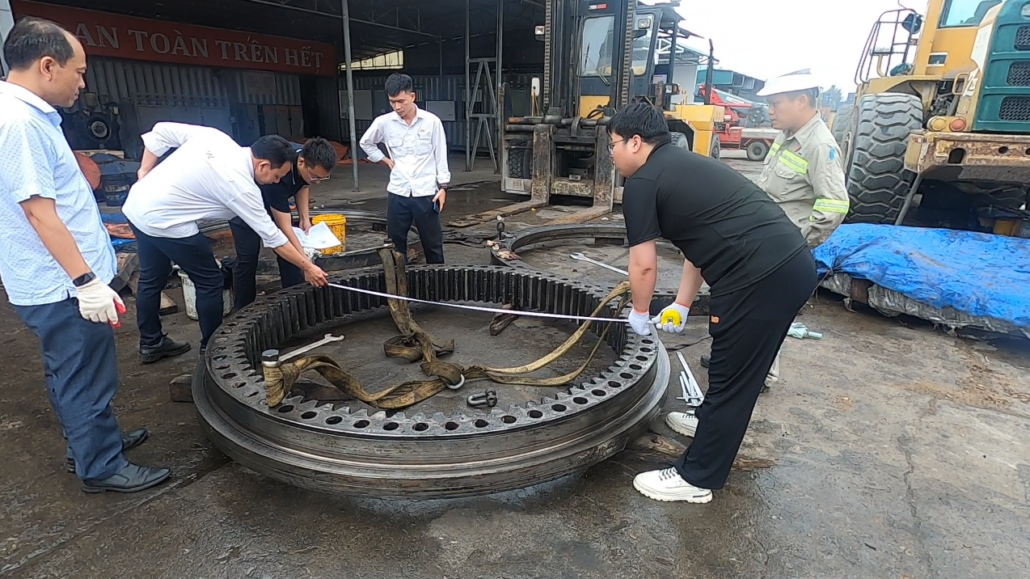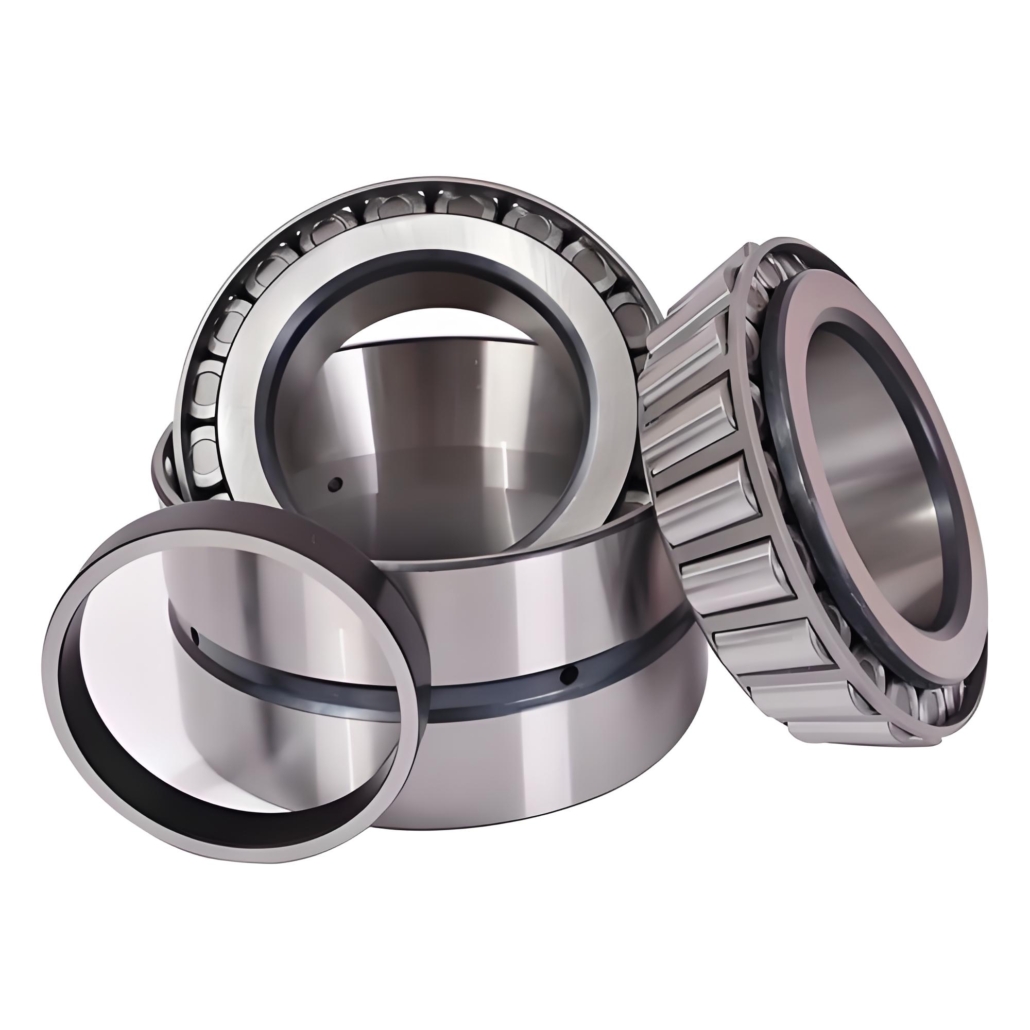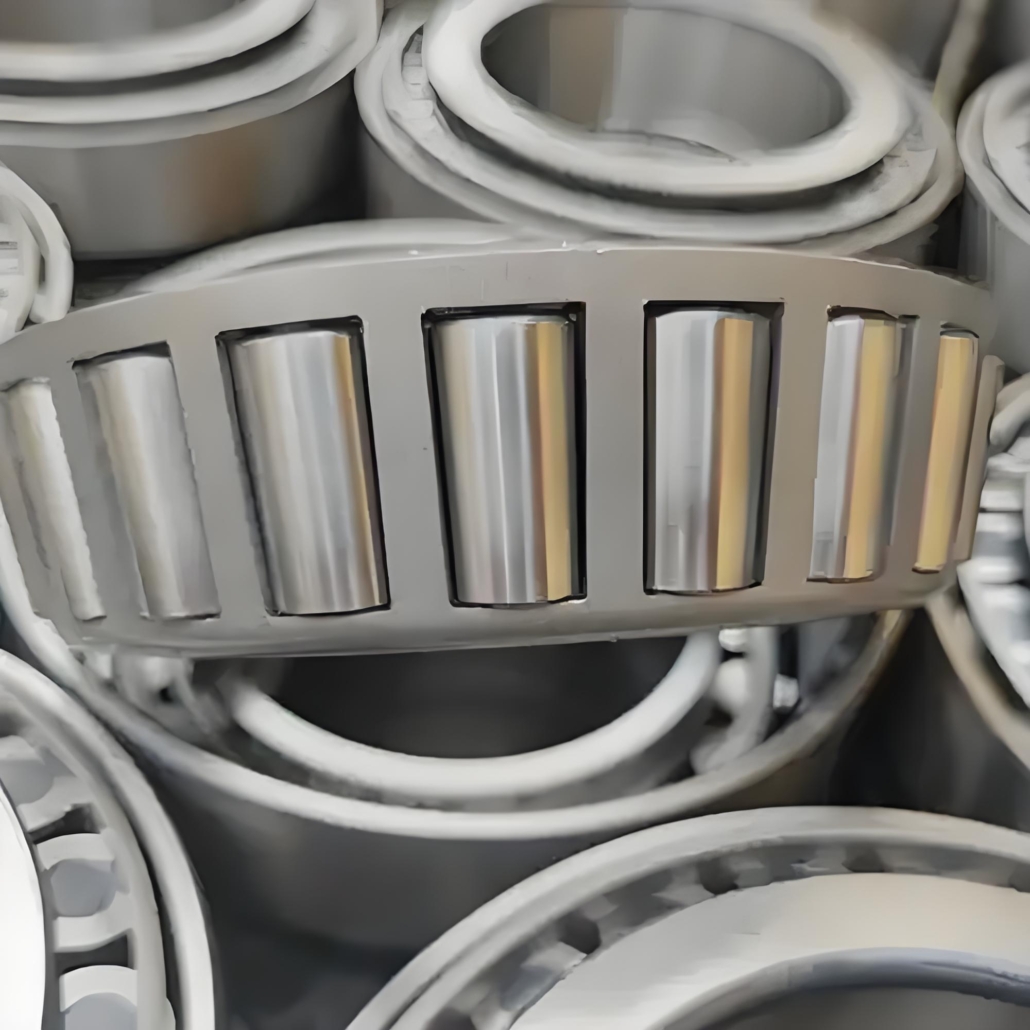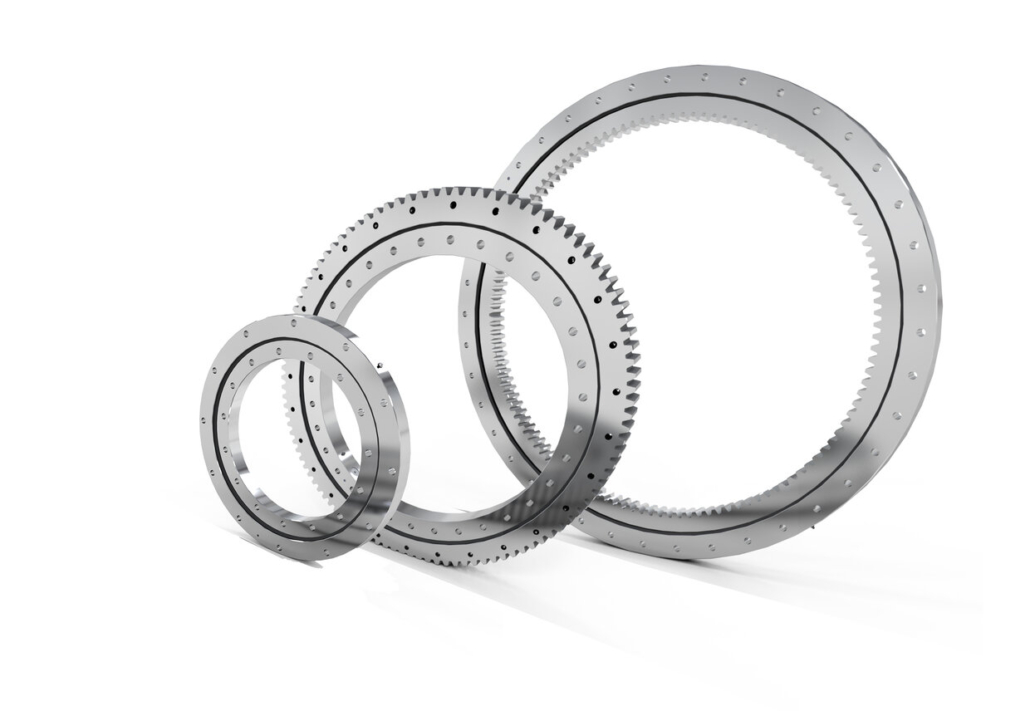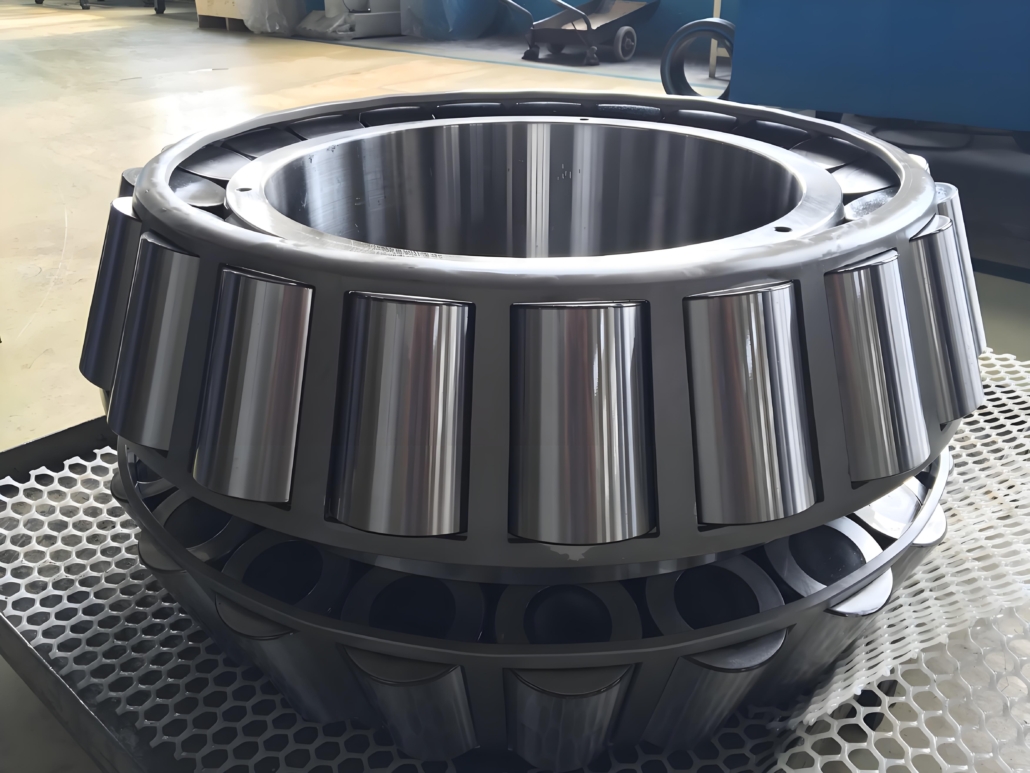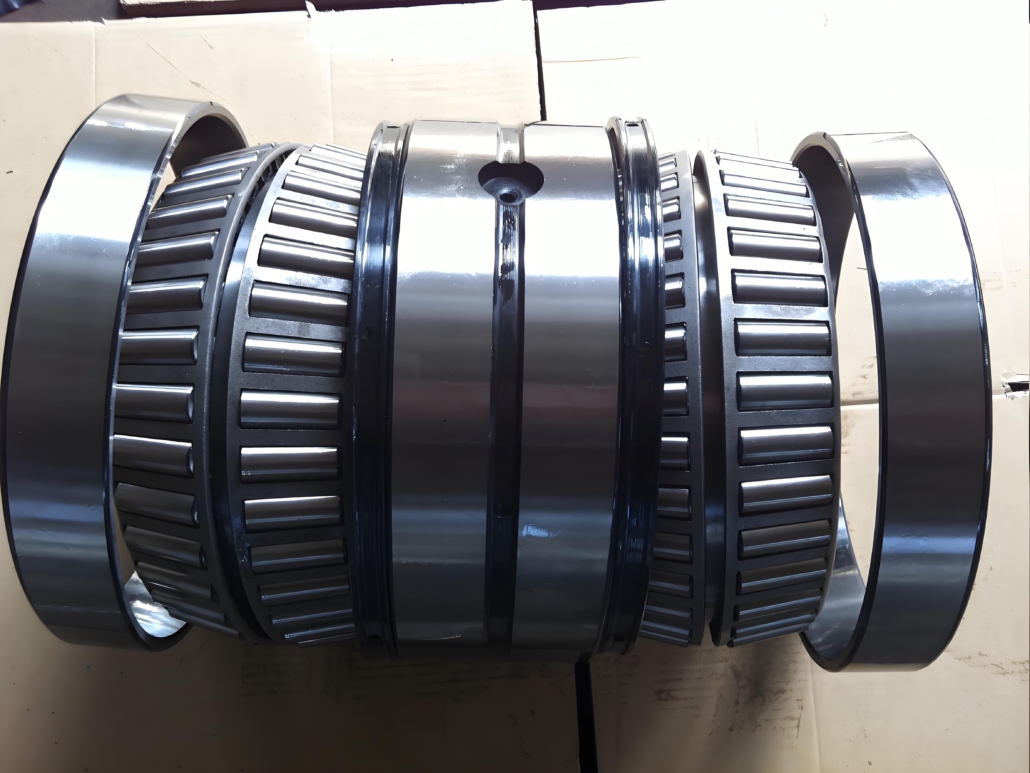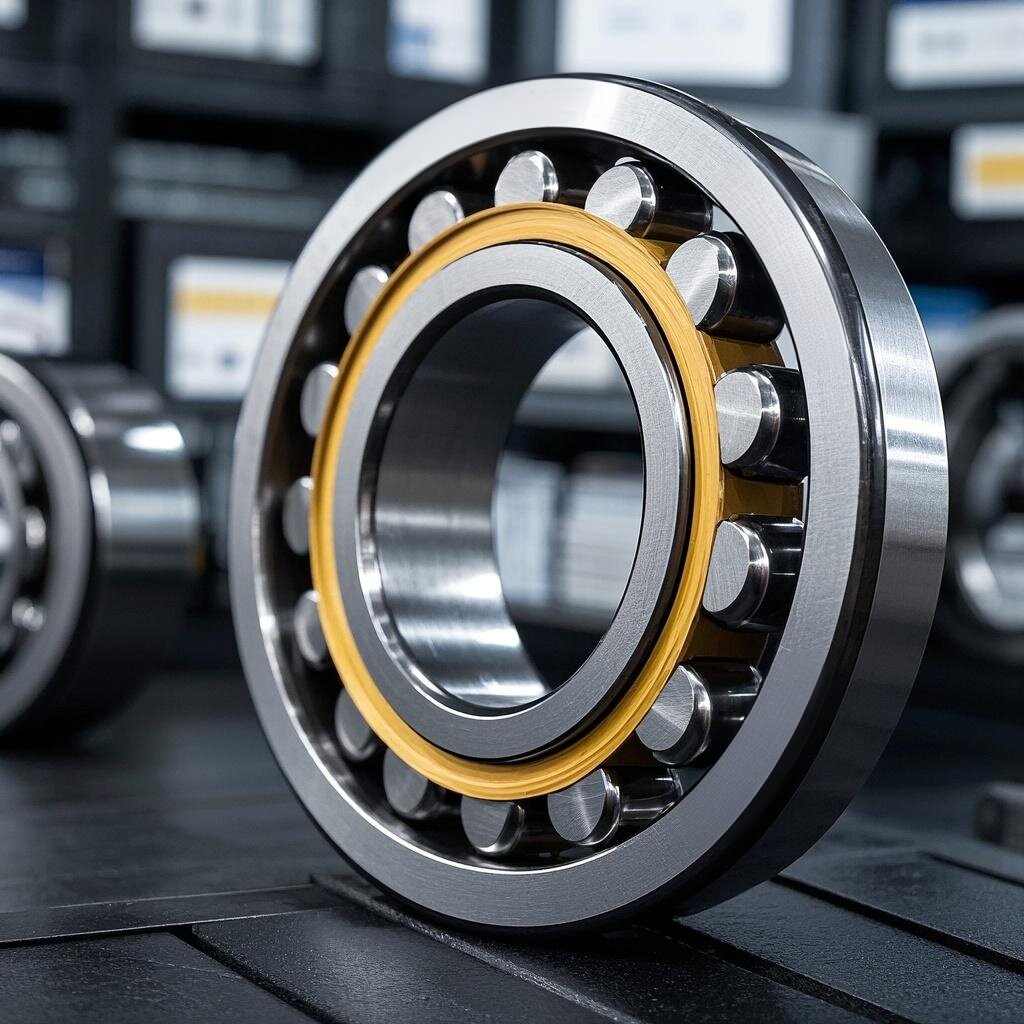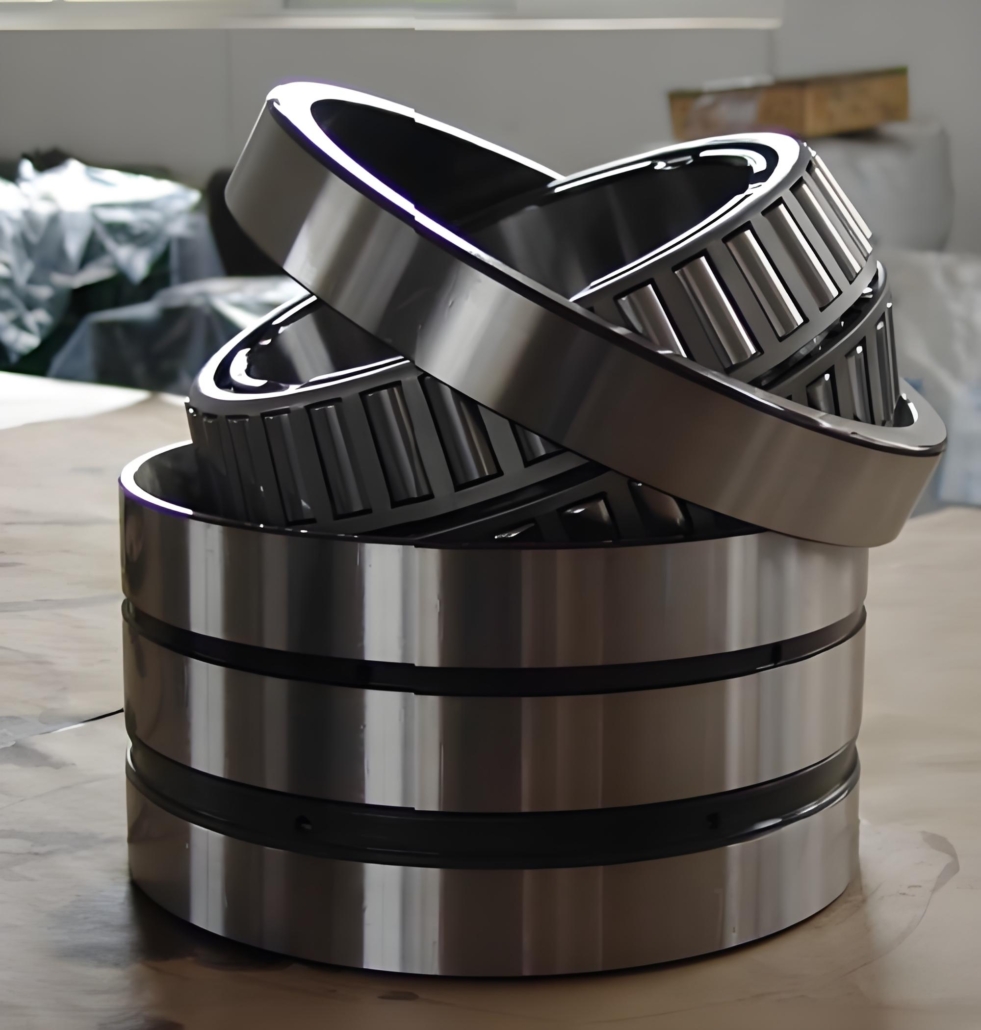Cultural fusion, lasting friendship: Vietnamese customers’ cultural tour in Luoyang
After the fulfilling business investigation, in order to let Vietnamese customers feel the charm of China more deeply, Luoyang Bearing Group Ruihuan Large Bearing Co., Ltd. carefully arranged a unique Luoyang cultural tour for customers.
The afternoon sun was gently shining, and the company’s reception team accompanied the customers to the thousand-year-old temple – White Horse Temple. Stepping into the temple gate, the simple architectural complex and the lingering incense scent instantly brought everyone into the long river of history. The tour guide said: “White Horse Temple is the first ancient temple in China. It carries the important history of the introduction of Buddhism into the Central Plains and is also a witness to cultural exchanges between China and foreign countries. It is worth mentioning that President Xi also visited this place during his research in Luoyang. Today we can also follow the President’s footsteps and feel the profound cultural heritage here.” While listening, the customers strolled on the bluestone path, stopped to appreciate the exquisite Buddha statues and ancient inscriptions, and took out their mobile phones to take pictures from time to time. When they learned that the White Horse Temple was inextricably linked to the Buddhist culture of Southeast Asia, the customers from Vietnam felt very cordial. They all said that they seemed to have found a cultural resonance point and were amazed at this thousand-year-old temple.

After leaving the White Horse Temple, the group went to the Yingtian Gate Ruins Museum. The towering Yingtian Gate is even more majestic and spectacular under the setting sun. “Yingtian Gate is the south gate of the palace city of Luoyang City in the Sui and Tang Dynasties. It was once the place where major state celebrations and diplomatic activities were held, and witnessed countless glorious moments.” The guide’s words were full of pride, “President Xi also came to Luoyang and paid attention to the protection and development of this historic city. Today, we feel the historical weight here together.” Climbing up the tower, overlooking the scenery of Luoyang City, the ancient and modern styles are in full view. The customers were shocked by the scene in front of them and exclaimed repeatedly: “Luoyang not only has advanced manufacturing, but also has such a splendid history and culture. It is really a fascinating city!”
Night fell and the lights came on. The company hosted a banquet for Vietnamese customers in a local specialty restaurant. The table was filled with local delicacies such as Luoyang Water Banquet and Peony Bird’s Nest. For each dish, the staff would enthusiastically introduce the origin and characteristics of the dish. The customers tasted the food and praised it. During the dinner, everyone toasted and talked freely. From the factory visit in the morning to the cultural tour in the afternoon, from business cooperation to interesting things in life, laughter and joy echoed throughout the restaurant, and the atmosphere was warm and harmonious.
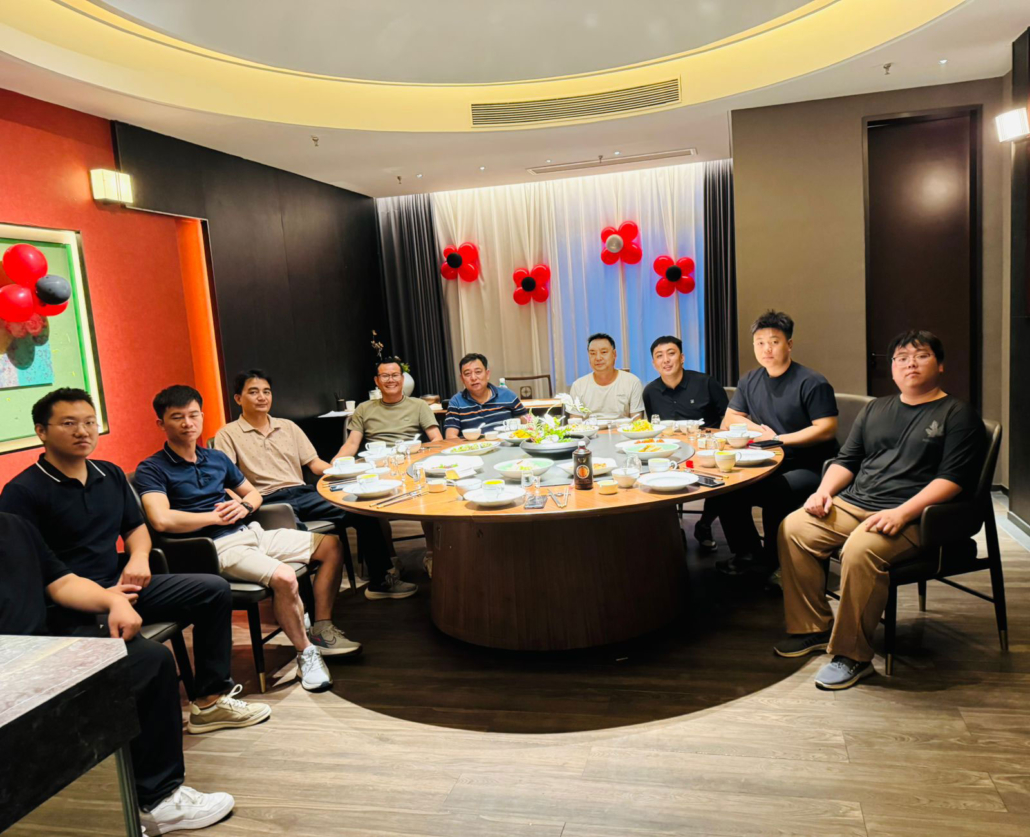
The time of gathering is always short, and it is time to part in a blink of an eye. Before the customer left, the company presented a carefully prepared Luoyang specialty gift – exquisite Tang Sancai. These colorful and vivid Tang Sancai carry the cultural memory of Luoyang for thousands of years. The person in charge of the company handed the gift to the customer and said sincerely: “This is a cultural treasure of Luoyang. I hope it can leave a good memory for your trip to China. I also look forward to more cooperation and long-lasting friendship in the future.” The customers held the gifts, their eyes full of emotion, and held the hands of the company staff tightly: “During this trip to China, we not only saw the outstanding strength of Luoyang Bearing, but also appreciated the charm of Chinese culture. Thank you for your warm hospitality and look forward to seeing you next time!”

As the customer’s car slowly drove away, the Vietnamese customer’s trip to China came to a successful conclusion. From business cooperation to cultural exchanges, every link is full of sincerity and warmth. This friendship that transcends national boundaries will, like the Tang Sancai, become more precious with the passage of time, laying a solid emotional foundation for deeper cooperation between the two sides in the future.

